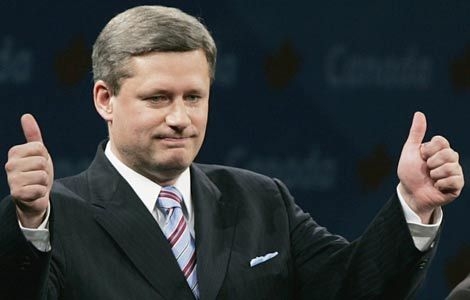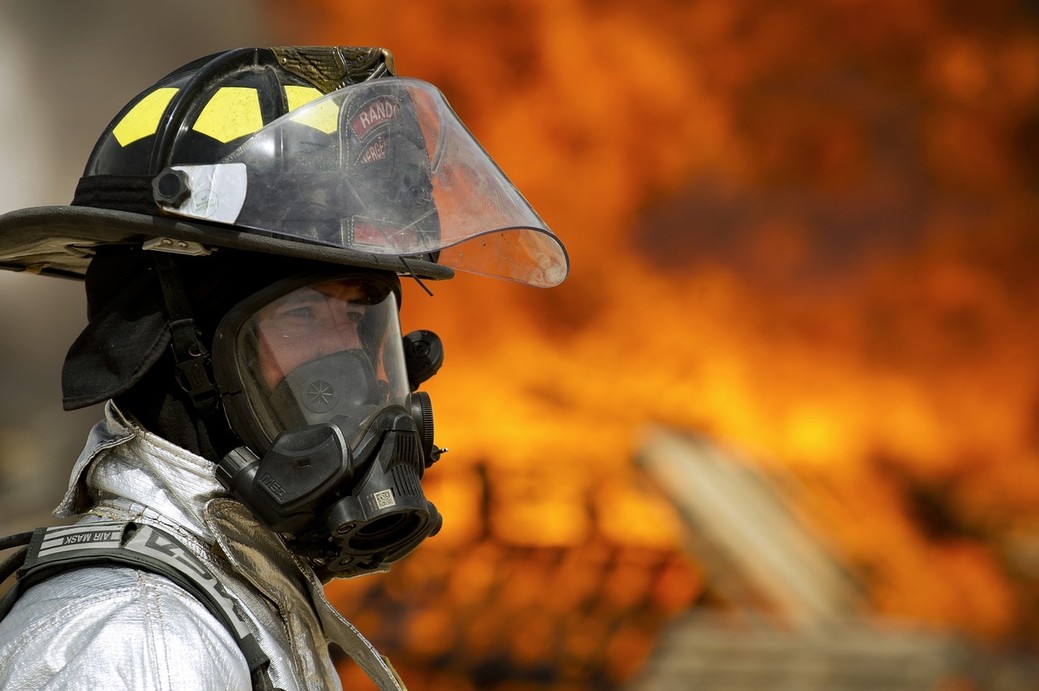
Fear Factor: What is Stephen Harper so afraid of?
Prime Minister Stephen Harper and the Conservative Party strike me as relatively unprepared for this election. Or if they are prepared, they certainly seem complacent. This may account for the recycling of a tired old strategy in the early weeks of the campaign. Every policy announcement is framed within the context of a “choice” for Canadians between the conservatives and a coalition featuring “separatists, socialists and the Liberal Party.” Harper’s strategy is clear: fuel fear among Canadians of a coalition among parties driven by their own narrowly defined agendas, all of which put Canada at risk. It makes no difference that Harper himself attempted to orchestrate the formation of such a coalition in 2004. Nor apparently does it matter that Michael Ignatieff has repeatedly denied interest in any such agreement with other parties or that many liberal democracies function just fine with coalition governments. The truth is of no consequence when the point is to sow fear among voters of any alternative to another conservative government.
Of course, manufacturing fear as a way of justifying policy initiatives is what the conservatives do best. Consider their law and order agenda. Harper’s priority since assuming office has been to “get tough on crime.” The implication almost always is that Canada is becoming increasingly dangerous and that citizens are right to feel unsafe while walking the streets or sitting in their home alone. The underlying reason for our increased susceptibility to crime is a justice system that is simply too lax and that gives priority to the rights of criminals at the expense of victims of crime.
Here too, it makes no difference that criminal statistics in Canada tell a much different story indeed. All of the most important statistics suggest crime rates remain on a steady decline. Violent crime is down. Canada’s murder rate is down. Nor is it true that judges hand out lenient sentences or that higher rates of incarceration do anything to mitigate crime. Criminologists attempt to remind Harper and citizens alike that rehabilitation must remain a critical component of our justice system if we truly want the country to be safer. But as Ian Brown demonstrated in this weekend’s Globe and Mail, conservatives act as though they don’t believe in rehabilitation. Better to simply lock people up and throw away the key. In this spirit, the Harper government recently eliminated the Automatic Parole Review, one consequence of which is predictable. Prison terms will be longer for most offenders. He’s also promising to combine 11 crime bills introduced in the last parliament into an omnibus bill.
Fear’s central role in the conservative campaign is perhaps not surprising. For much of what the conservatives do and say is itself seemingly motivated by fear. How else do we explain Harper’s insistence that MPs or candidates refuse to answer more than a few questions from the media or that he himself will only answer five questions per day. They’re clearly reluctant to engage with the media under any terms over which they have little control. The problem, of course, is that elections are supposed to be about engagement. 
More worrisome still, is Harper’s fear that some of those attending conservative rallies may not actually be party supporters. A 19 year old university student who placed a photo of herself with Liberal leader Michael Ignatieff on her facebook page attempted to attend a Conservative Rally in London, Ontario last week. Due to her apparent ties with the Liberal Party, she was told she was not welcome and forced to leave by security. The sordid episode raises troubling questions: How did security or the rally organizers know the woman in question had a picture of herself with Michael Ignatieff on her facebook page? Why did the RCMP assume an active role in having her removed from a Conservative Party rally? What is Stephen Harper so afraid of? Does he think party secrets are at risk of being exposed to the public? It truly is hard to fathom what type of organizational principle would dictate the forcible removal of a university student from such an event. Although Harper eventually apologized for the incident, he did so only after days of questioning by the media and only reluctantly. The apology conveyed no sense that any lesson was actually learned.
This election could have represented an opportunity for Harper and the conservatives to shed these troubling tendencies. Instead invoking fear appears like a nasty habit that Harper just can’t break. Nevertheless he’d be wise to try if he hopes to ever win what to this point has remained elusive under his leadership: a Conservative majority in the House of Commons. But for that to happen, he has to overcome his own fear of treating Canadian voters as adults worthy of being spoken to honestly and openly.









